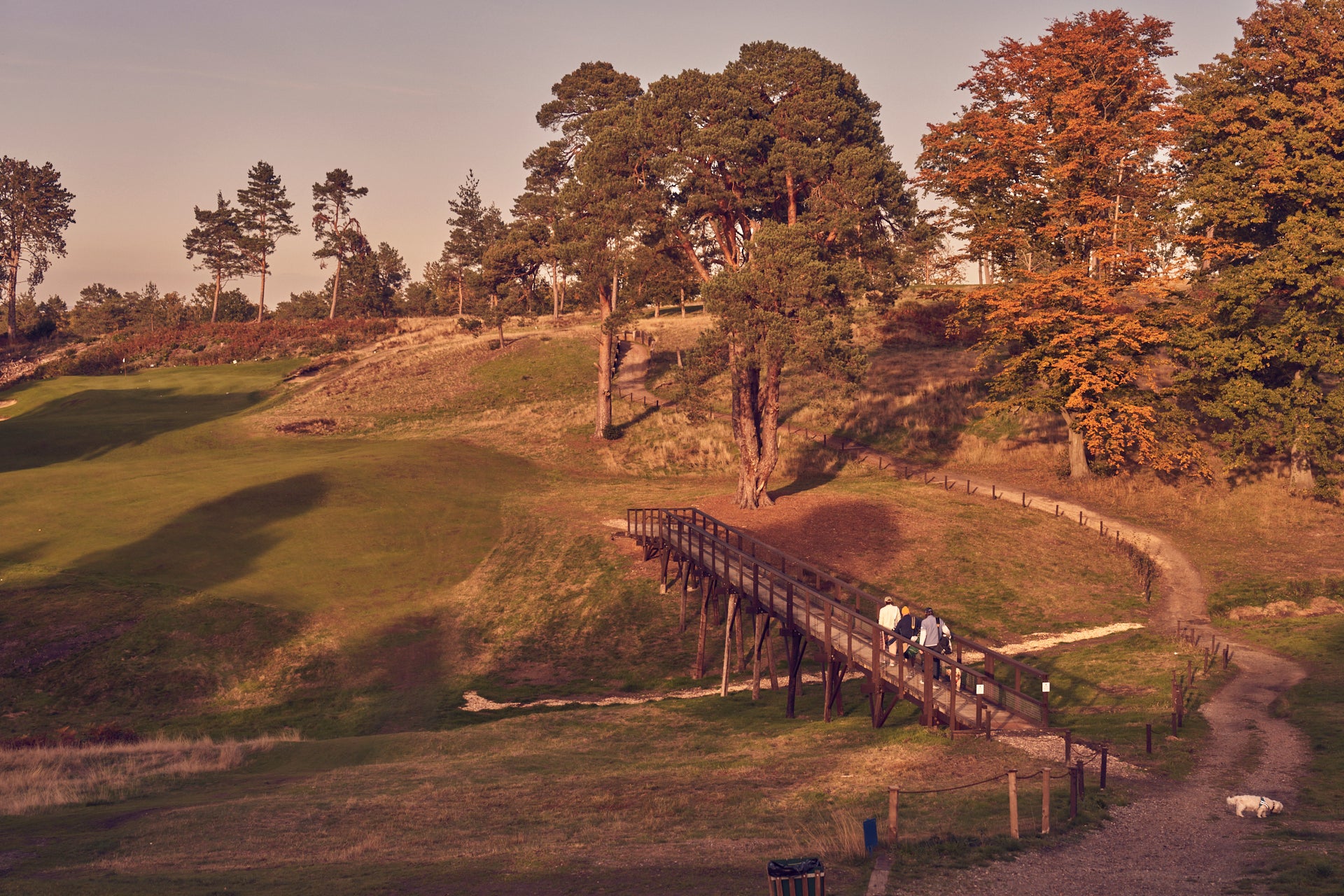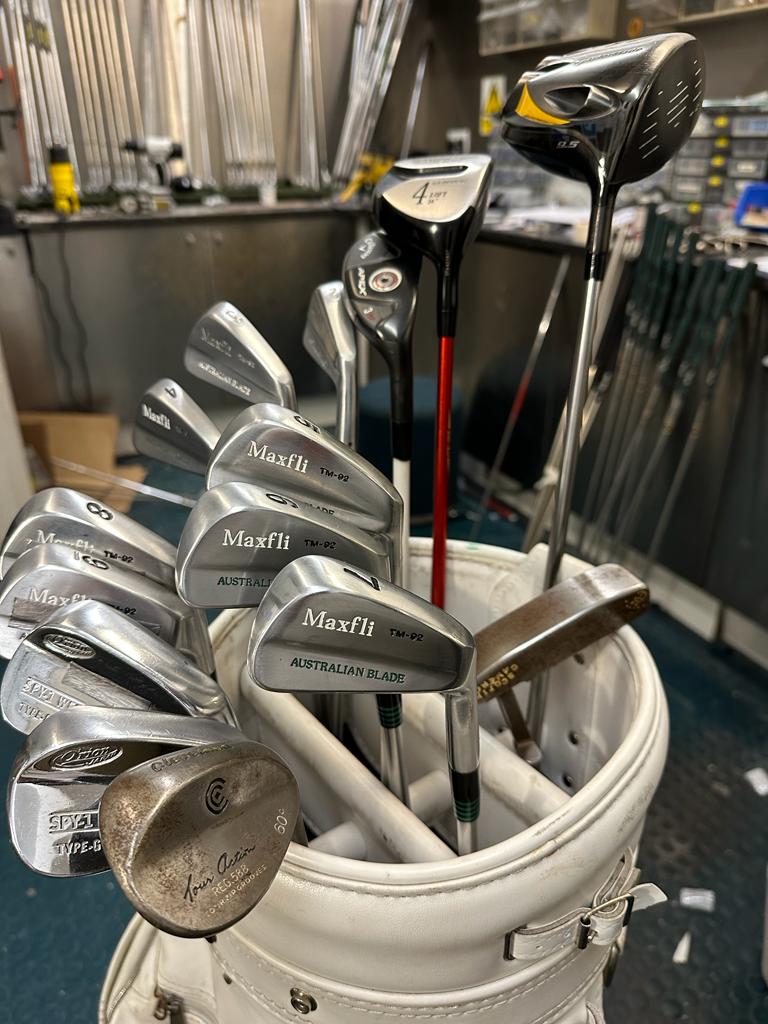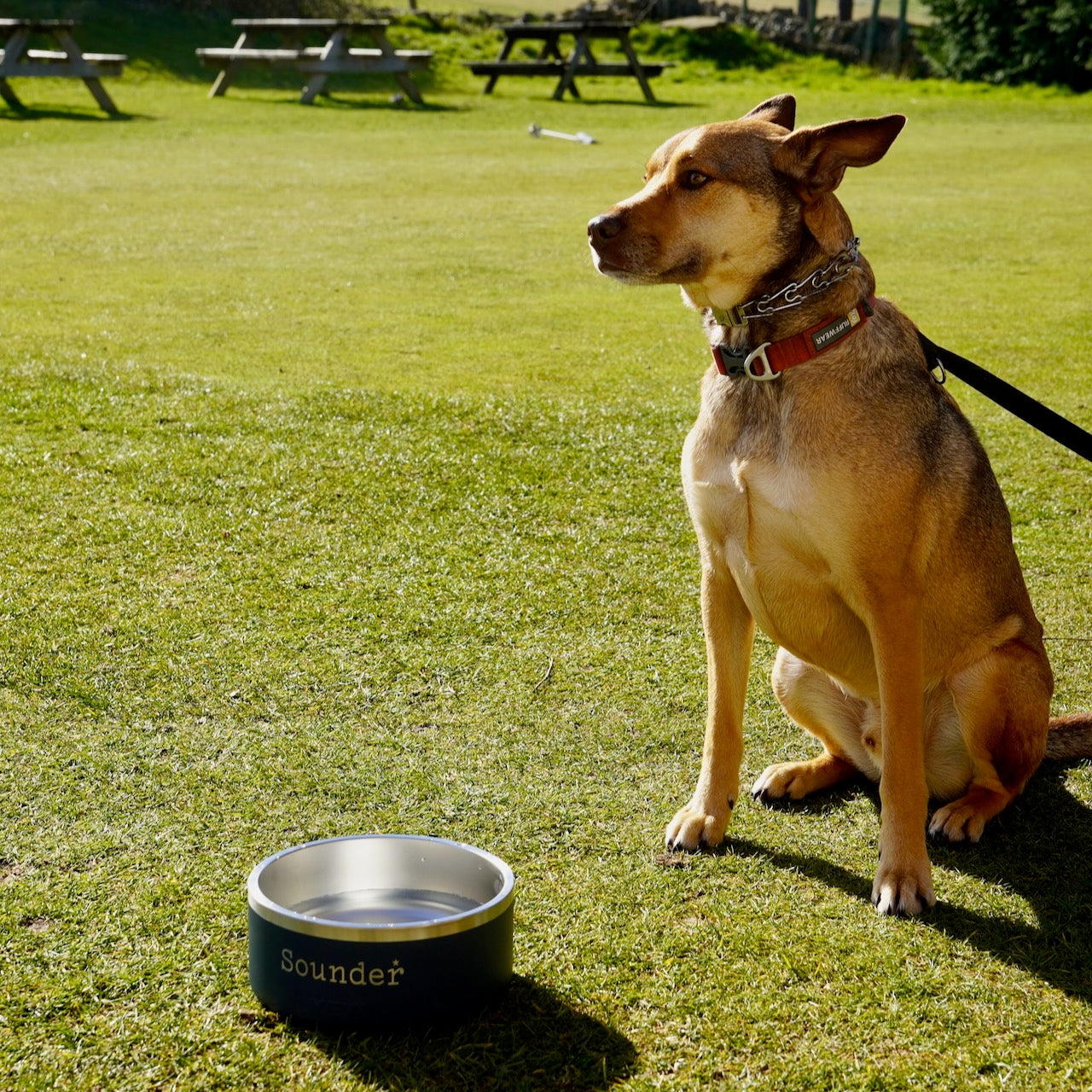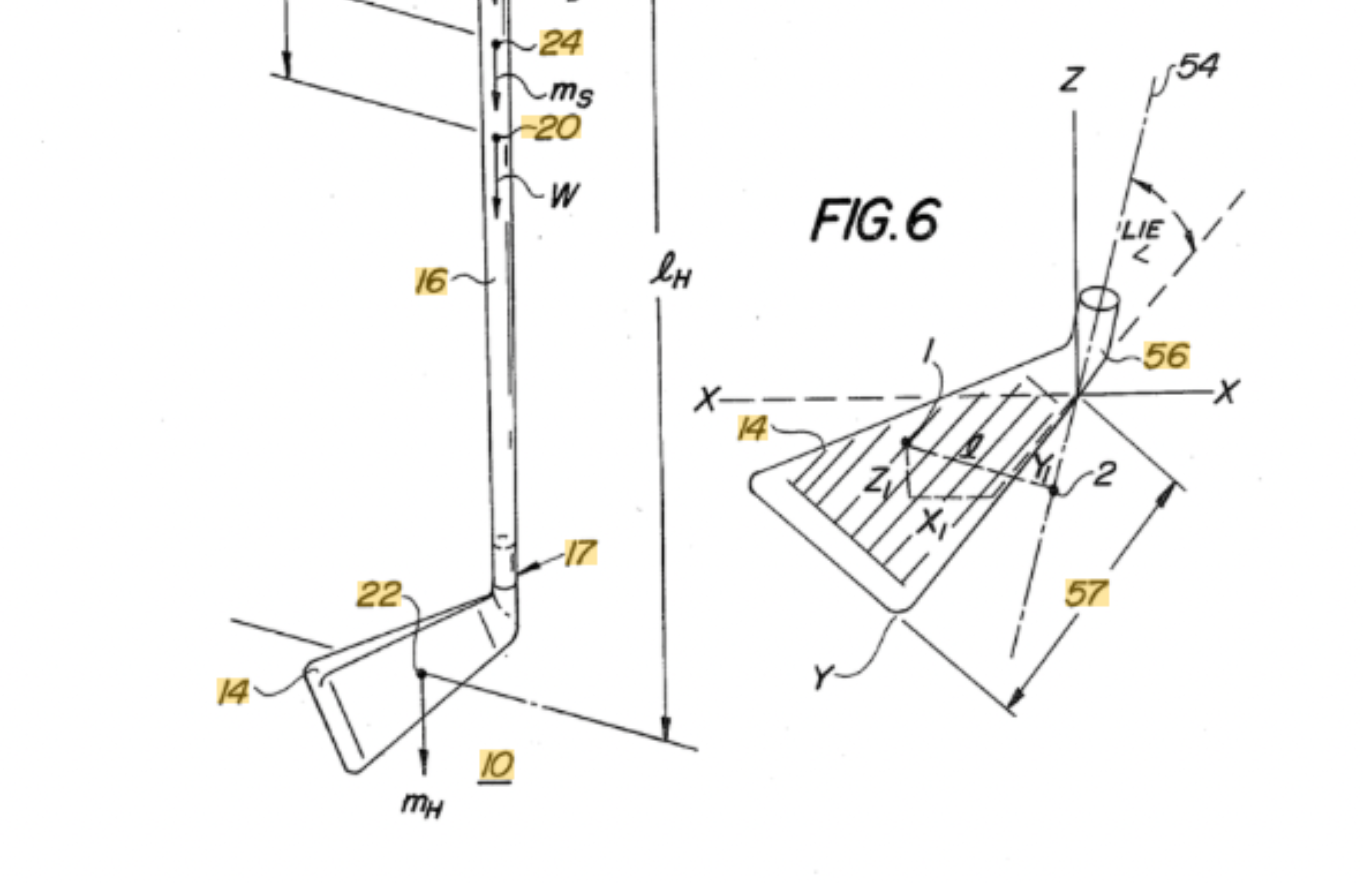Earlier this year, we published a blog post about the origins of the Sounder name. The story was based on a long conversation I had with an 84-year-old great grandmother in the US, who had stumbled across the Sounder website and kindly got in touch to share her story.
Rochelle Trimble came up with the name Sounder when her husband’s employer was about to launch a new line of golf clubs. The company’s heritage lay in making piano keyboards, and she felt that the name was contemporary and dynamic with a nod to that musical history.
We got lots of nice feedback on the post, which clearly resonated with golfers of a certain vintage. And one of those golfers contacted us with an intriguing email, hinting at a whole new chapter in the Sounder story - a story that goes back at least a decade earlier.
“I read the account of the lady and there is much more to the story," the email read. And so I found myself on another transatlantic call, this time with Bob Fausak – a born-and-bred New Jersey native with the accent to prove it. He spent 30 years as a police officer and private investigator before handing in his badge and moving to a golf community, where he plays the nine-hole course pretty much every day.
Detective Fausak may be retired, he clearly hasn’t lost his nose for an interesting story.
“The story starts when I graduated college, back in 1968,” he told me. “I didn’t really play golf seriously, but I caddied in my senior year for extra money. After graduation I became a high school teacher, and one day one of my students asked ‘do you play golf Mr Fausak?’ I had nothing better to do, so we ended up playing that Sunday, and we’ve been playing together ever since – that’s 54 years ago.
"A few months after that, he took me to a house in our neighbourhood and introduced me to Vance Elkins Junior. Vince was an engineer, an inventor, and a good golfer – about a six or seven handicap. And he had a garage that had golf stuff all over the place.
"He had a putter that he called The Potato Masher. I remember picking it up and hitting some balls with it and thinking wow – so I asked Vance if he had a left-handed one that I could buy from him. Vance said he didn’t make left-handed clubs, but he told me to come back next week.
"When I went back to see him, he had pulled the shaft out of the head, plugged the hole and put the shaft in the other side – so I own the only lefty version of the Potato Masher in the world." At this point, Bob jumped up from his seat and proudly showed me the club in question, demonstrating a smooth putting stroke that has doubtless seen off many opponents over the years.
"That particular putter that he made for me was used by Jim Colbert in the 1971 US Open at Merion. He was tied for the lead after two rounds, and he credited Vance’s putter for his good play that week – I still have original newspaper photos of Colbert and the Sight Line Putter.”
The Sight Line Putter – an early version of the mallet that is pretty ubiquitous in the modern game – wasn’t Vance Elkins’ only innovation.
"I did some research and found a patent application filed in November 1975 for a set of swing-weighted irons," Bob continued. "Vance was an engineer, and he wanted to try and get the irons to feel the same throughout the bag. Obviously the difference between a two iron and your pitching wedge is the length, and so he worked out a way that they could swing the same using a brass weight that was fixed in a particular place in the shaft."
While Vance Elkins is the name on the patent application, and when the application was finally approved in 1978, the assignee was Pratt-Read – the company who employed Rochelle Trimble’s husband.
Vance Elkins passed away in 2018 at the ripe of old of 86, and as our original story documented, the first incarnation of Sounder was wiped out when a flash flood destroyed the company’s manufacturing plant and warehouse in Ivoryton, Connecticut. But Bob Fausak still has his trusty SiteLine putter, even though it doesn’t see as much play as it used to.
"I don’t use it every day – the modern clubs are much easier to use,” he confesses. "But sometimes if I’m not putting well I bring out the old putter and it always seems to get me back on track … it feels just like it did the first time I picked it up more than 50 years ago.”
Bob followed our initial conversation with another email, attaching copies of Vance Elkins’ original patent application, including detailed technical drawings. The patent covers “a correlated set of golf clubs in which each of the clubs in the set are dynamically correlated so that each club is matched in accordance with at least one dynamic criteria” – an idea that is central to concept of matching the moment of inertia (MOI) in modern club fitting.
We arranged for a package of Sounder products to be shipped to New Jersey as a thank you for sharing his story with us. But that wasn’t quite the final word, because a few days later I received another email.
“The New York Giants stadium is 30 minutes from my home, and my golf friends are all Giants fans,” he explained. “The Giants serious rivalry is against the Dallas Cowboys… so when I wear the socks I have to hide them because of the blue star. The Sounder logo looks exactly like the Cowboys logo – if my friends see them then I’ll catch hell!”
Read more

The restoration of The Addington is perhaps the most exciting golf course project in contemporary British golf. Dan Davies sat down with Ryan Noades, the man driving the transformation.

As the rain lashes down in London, James Day is gearing up for the first European golf trip of the winter - a classic weekend on the Algarve. Here's what he's packing...




